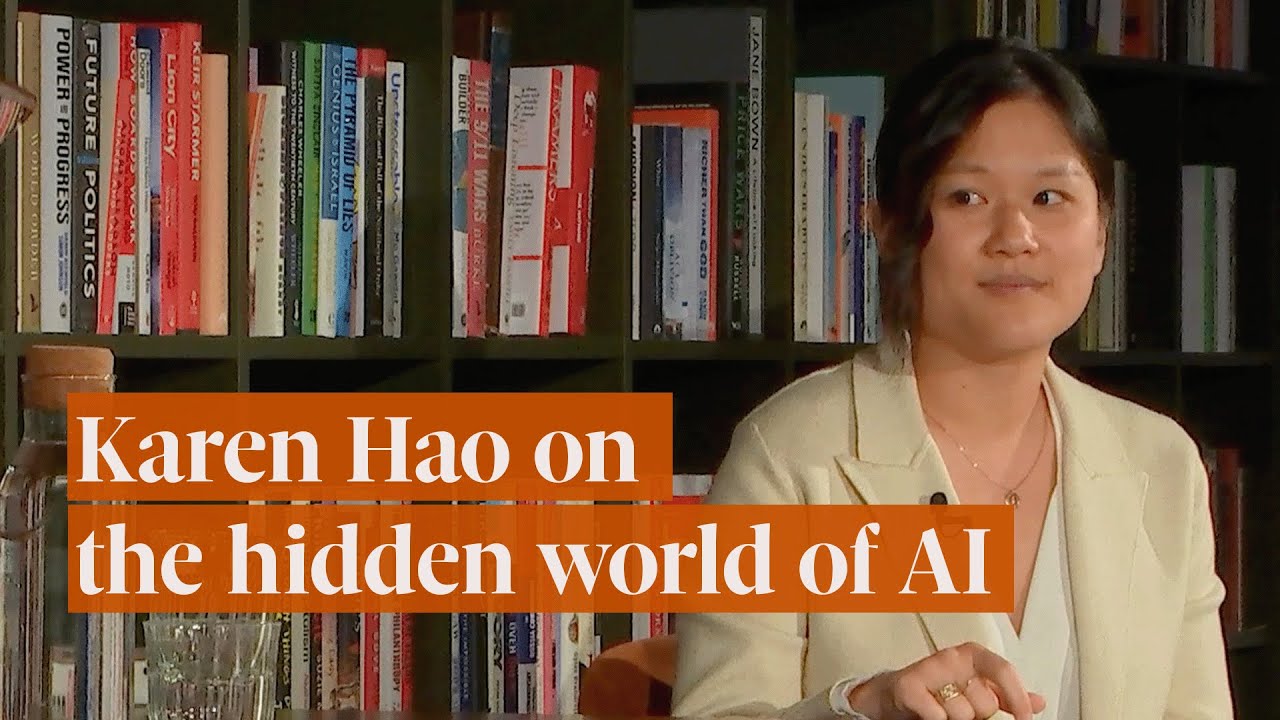Bryan McMahon wrote about a potential AI bubble in The American Prospect.
In 2024, [Apple, Nvidia, Tesla, Alphabet, Meta, Amazon, and Microsoft] were responsible for the lion’s share of the growth of the S&P 500, with the returns of the other 493 companies flat.
For the tech industry, DeepSeek is a threat to its incredible bull run because it proved three things.
First, frontier AI models could be trained much more cheaply and efficiently than the current Silicon Valley approach of building massive models requiring hundreds of thousands of GPUs to train. From a capital perspective, the U.S. strategy is wasteful, relying on at least ten times the investment to make similar model progress.
Second, DeepSeek showed you could train a state-of-the-art model without the latest GPUs, calling into question the current demand for the latest GPUs that is so hot customers have been facing delays of six months to a year to get their hands on them.
Finally, the high valuations of leading AI startups depend on a technical lead in their models to charge prices anywhere near what they need to recoup their computing costs, but that technical lead, enabled by a combination of closed-source models, billions in capital expenditure, and export controls blocking Chinese companies like DeepSeek from accessing the latest GPUs, is gone. Should demand for GPUs fall or even not hit the exponential increases the billions invested are betting on, the bubble will pop.
Between VCs, Big Tech, and power utilities, the bill for generative AI comes out to close to $2 trillion in spending over the next five years alone. […] While AI-fueled coding could definitely boost productivity, it’s hard to see how it could become a multitrillion-dollar industry.
keywords: OpenAI, artificial intelligence, machine learning, artificial general intelligence, AGI

